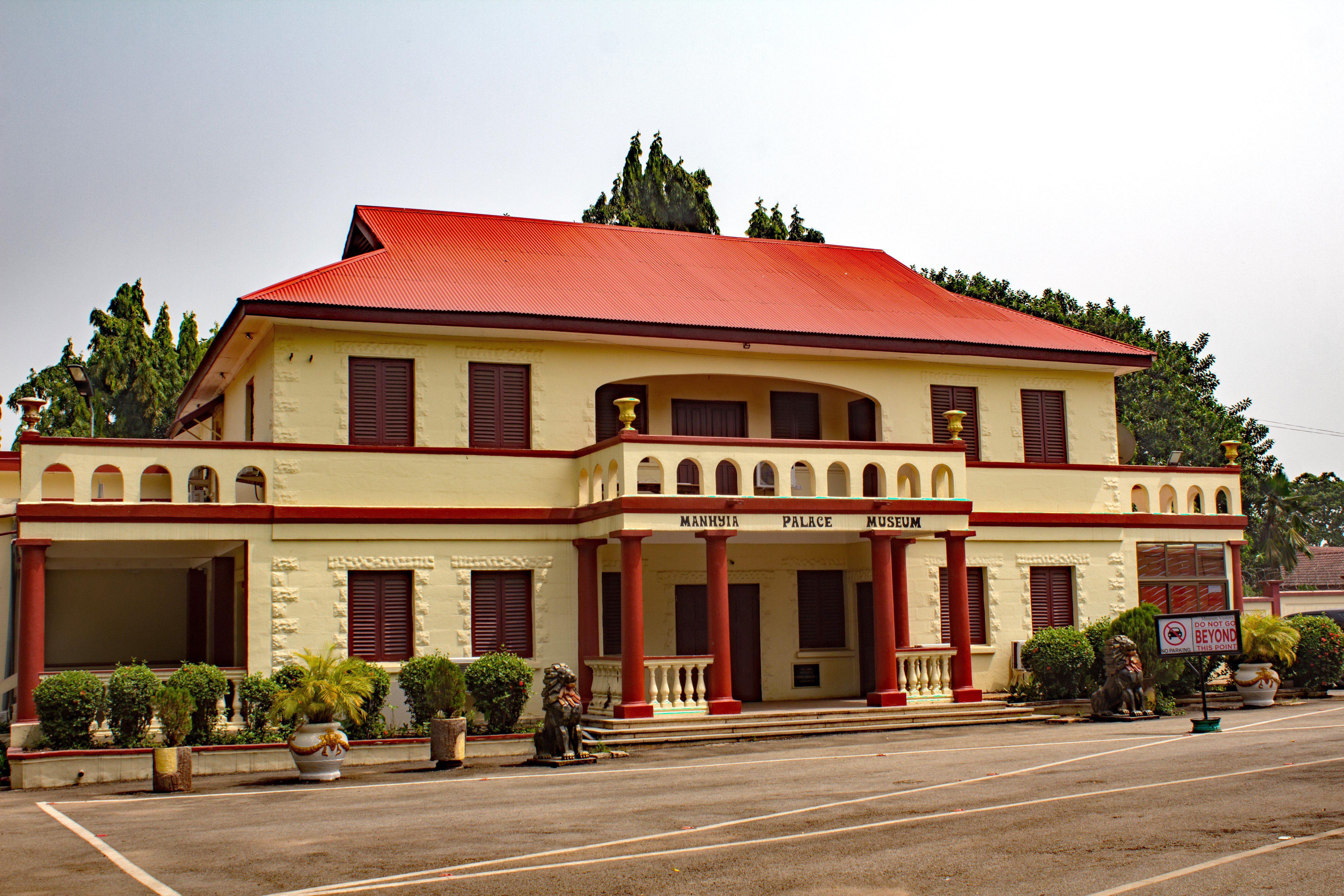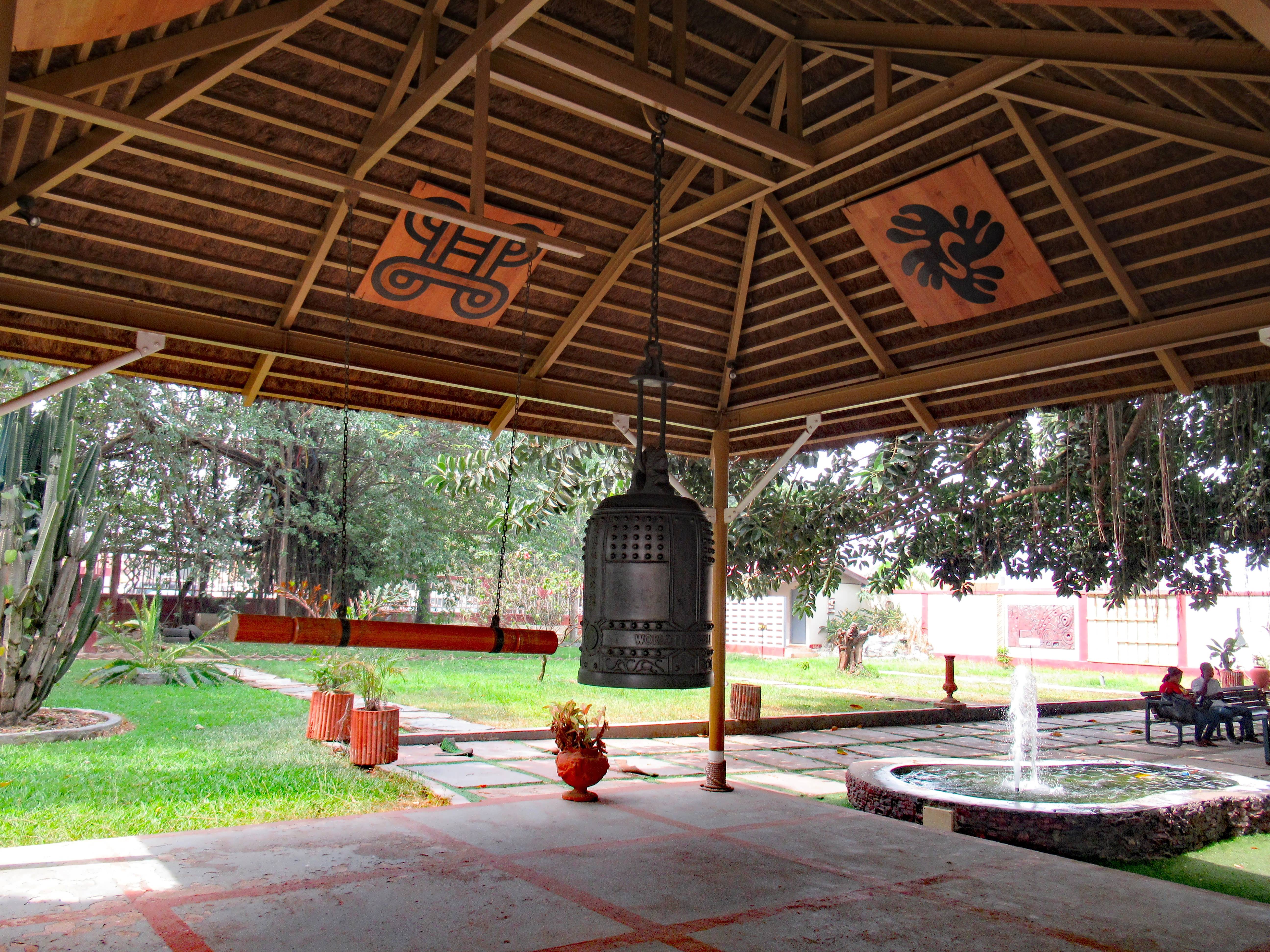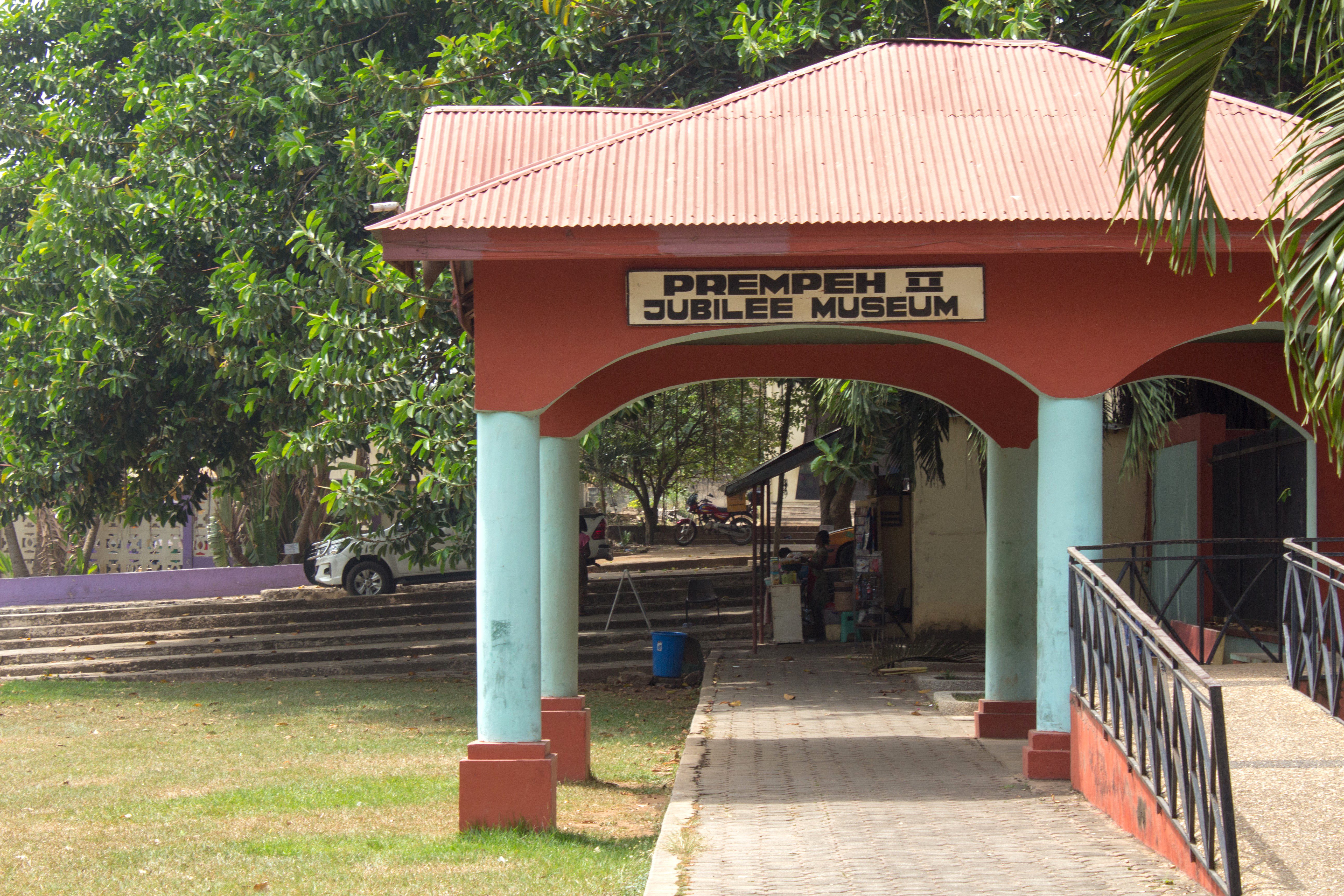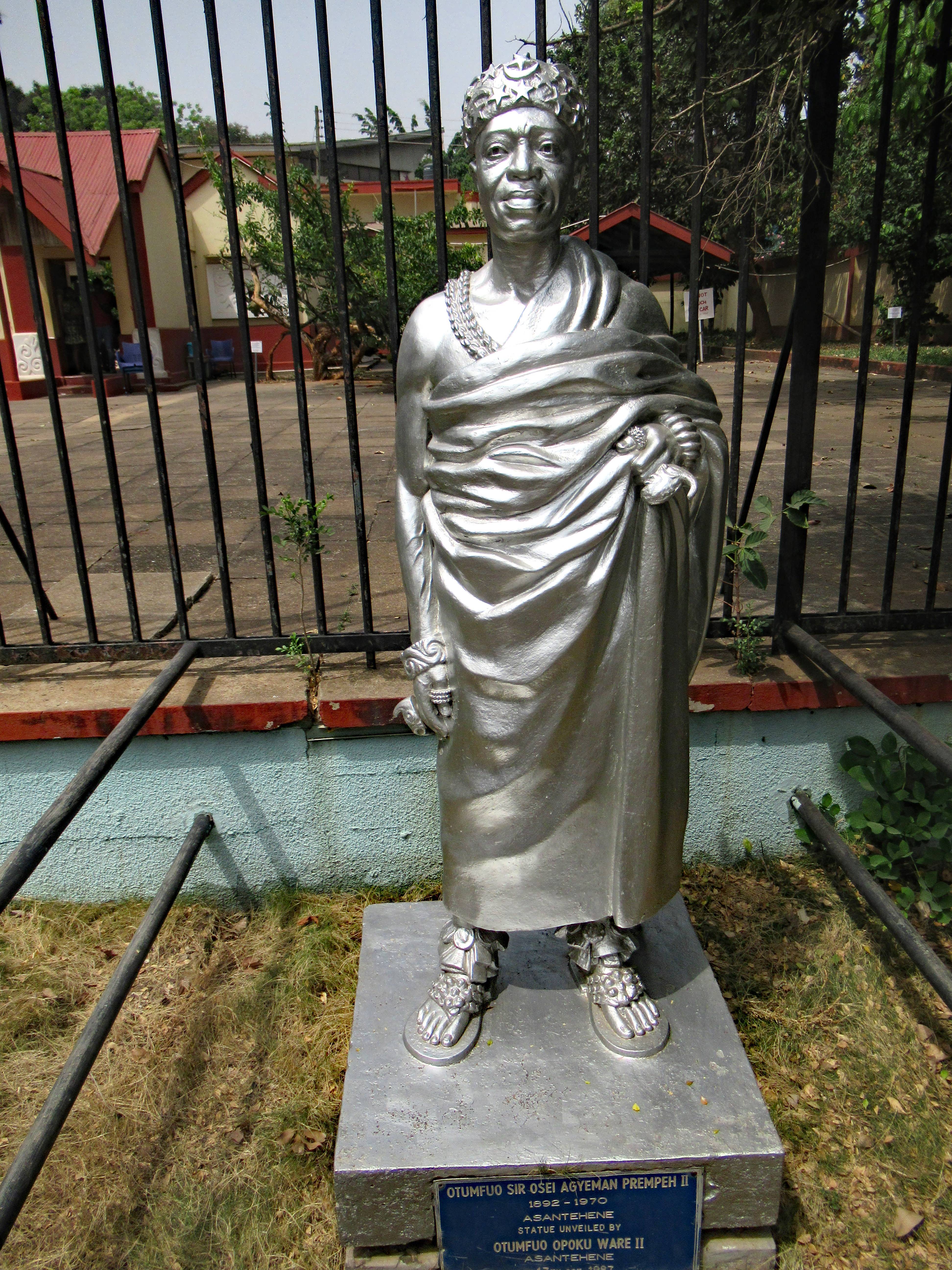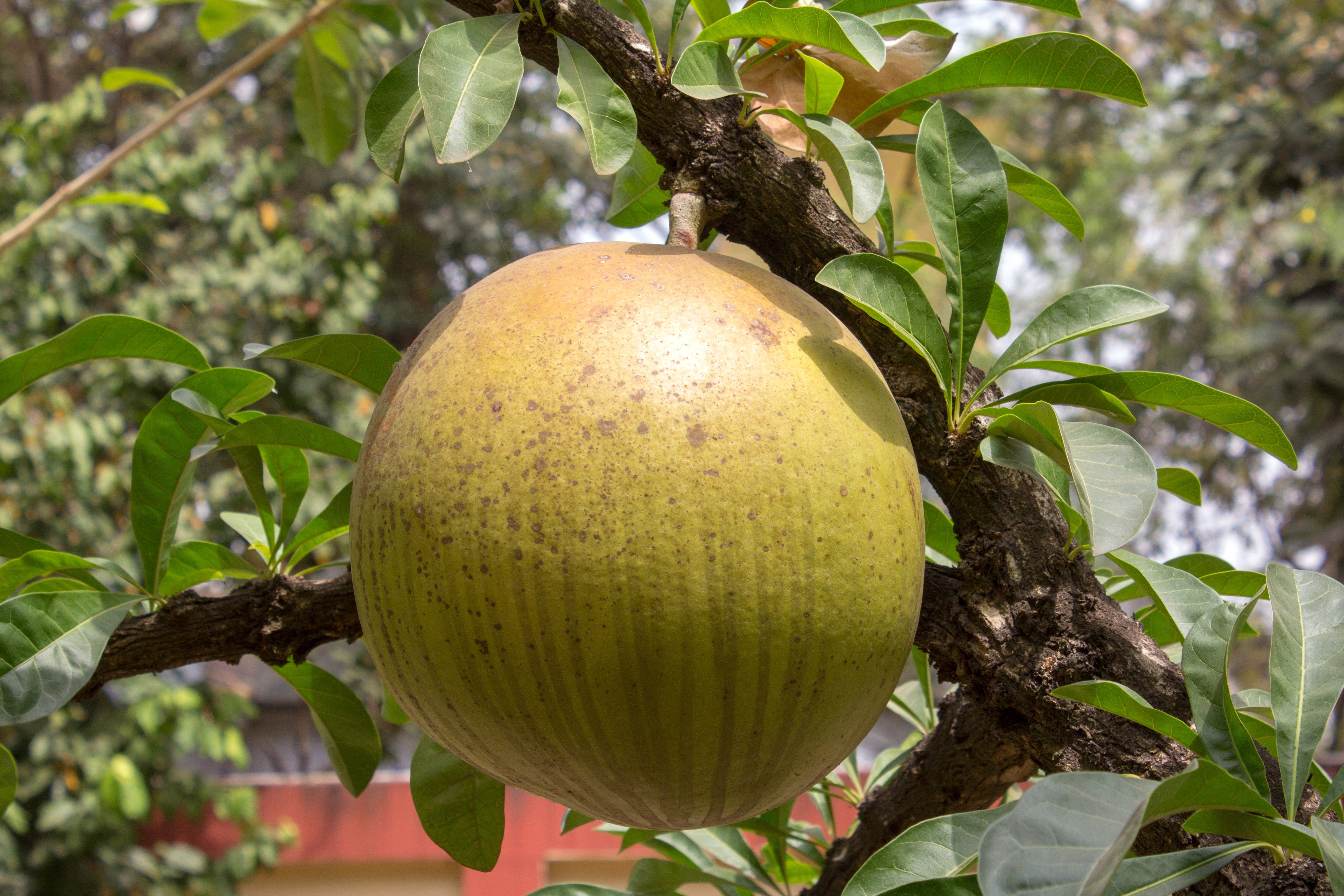Manhiya Palace
Manhyia Palace in Ghana was built in 1926 for the Ashanti King, Nana Prempeh I, on his return from exile in the Seychelles having been overthrown by the British Gold Coast governor in 1896. It is where gold, looted by the British, and currently in the V&A and British Museum, will be returned to.
The grounds contained a huge banyan tree and the World Peace Bell erected in honour of Kofi Annan to celebrate the 20th anniversary of the current king, Osei Tutu II on 25 April 2019.
Our tour began with an excellent 12-minute English language video which gave a good overview of the Ashanti Empire and included the story of how the Ashanti’s wanted to pay for the palace.
Our tour began in the kings office with two old-fashioned phones on the desk, and behind it, the Ashanti flag. The stripes of yellow, black and green represent gold, the people and the forest, meaning the rich black man lives in the forest. Three animals in the middle depicted a bird for strength in the sky, a crocodile for strength in the water, and a python for strength on the land.
In one of several sitting rooms a silver ceiling fan worked perfectly despite being over 100 years old, as did an old fridge/freezer despite it needing a good defrosting, whereas a 1960s style TV didn’t. A drinks cabinet was opened displaying different sized glasses, and we were told guests were asked to choose one – those selecting the smallest were served a strong wine, the medium sized glasses were filled with a cocktail, whilst those greedily opting for the large glasses, had them filled with water.
During the tour we saw several extremely lifelike wax models of the various kings and queens, which we discovered were made at Madame Tussauds. Covering the windows were blinds with Adinkra symbols which represent concepts and proverbs, for example, one of the sun and moon, representing faithfulness as they always come out.
We learned a lot about the Ashanti kingdom including how the 16 Kings were named in one of two methods. The first was where an uncle or relative had been a king previously and he could choose to become II or III as appropriate. The alternative was where the white stool was blackened with charcoal when the king died and put in the stool room. Then the king was blindfolded and asked to choose a stool and he was then given the name of the king attached to the stool. Uniquely the line is matrilineal meaning the Queen Mother chooses the next king which has to be someone like her brother, uncle, nephew etc.
It was a fascinating visit, but unfortunately, photos were not allowed.
Prempeh II Jubilee Museum
We followed our visit to the palace built for Prempeh I (1888 to 1896), with a visit to the Prempeh II (1931 to 1970) Jubilee Museum, where outside was a calabash tree with huge fruits and a silver-coloured statue of him.
It was built in the traditional Ashanti style, with four buildings arranged around an open courtyard.
The first had photographs of all the kings and queens and an eclectic display of items. There were pipes and tobacco, swords and sharp knives which would have been used to decapitate enemies and cut out tongues, and weights and scales (hopefully not for weighing the tongues). There were also clay masks of faces made before the discovery of photography and lots of gold including rings, with one being so heavy, the king would need help to raise his hand.
There were several royal stools including a fake golden one, handed to Lord Baden Powell in 1900 in an attempt to fool the British authorities, and a photo of the real golden stool last used in public in 1999 at the enstoolment of the current king of Ashantehene.
Our guide demonstrated a female and male drum used to communicate which were vital in war as the messages couldn’t be understood by European enemies. There were also drums made from the calabash fruit and another which when scraped sounded like a leopard roaring and these would have been taken up into the trees to scare the enemy.
As the king wasn’t allowed to walk barefoot in the bathroom, there was a stool he would have sat on whilst resting his feet on two elephant tusks. At the side were a ball of fibres and black soap used for washing, more fibres for drying, and shea butter for moisturising.
The centre of the courtyard contained pots that the kings food would have been cooked in, with it all being prepared by men as women were unclean or jealous. Nearby was a seat for the king’s taster who would have overseen the preparations.
Once again, photos were not allowed, but the stories surrounding the Ashanti Kingdom were really brought to life, and we enjoyed both our visits.
